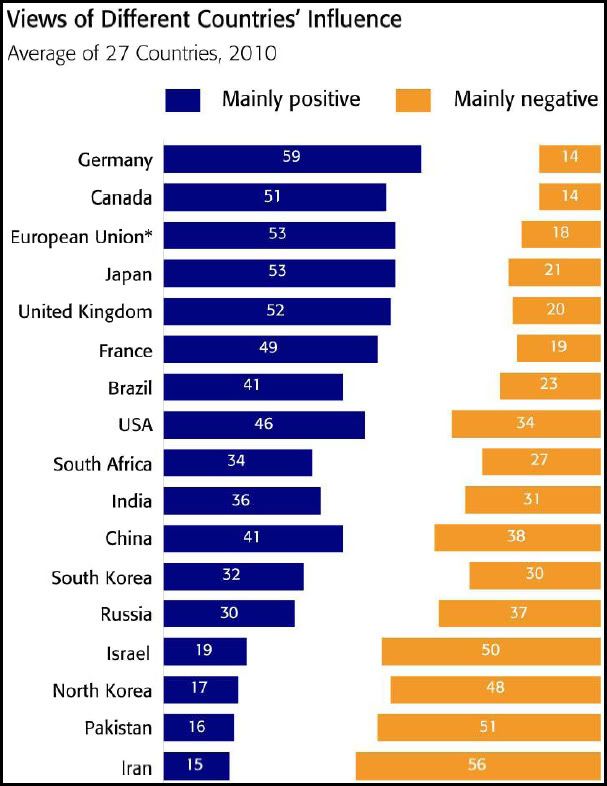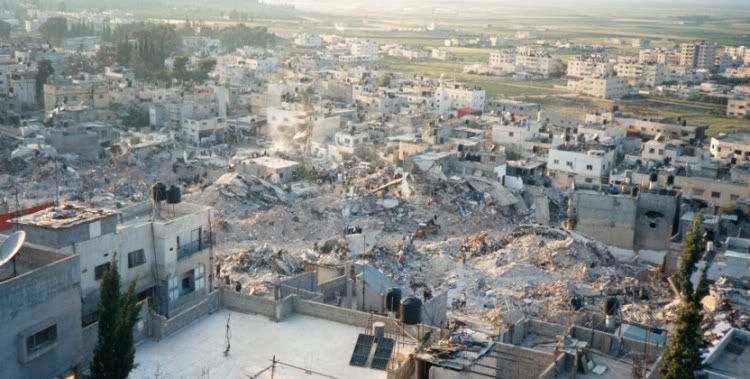By R. B. Stuart
Globalpost.com
Soldiers, like my sister, return from Iraq gripped by cancer. The US military says cancer isn't a war wound.
NEW YORK — When my sister, 101st Airborne Army Capt. Chaplain Fran E. Stuart, returned from Iraq, she was forever changed.
Not only had the desert sand, gun blasts and heat penetrated her psyche during her one-year deployment, but a carcinogen had made its way into her body as well. Unbeknown to her, the carcinogen was making a home in my sister's body, along with the Anthrax vaccine, depleted uranium, burn pit smoke and contaminated water dished up at every meal.
In March 2006, when my sister was 41, she was diagnosed with a rare, aggressive, stage-IV dysgerminoma cancer, also called "germ cell" cancer, which is usually only seen in pregnant women and teenage girls. The cancer was advancing quickly, wrapping itself around her internal organs like an octopus and gathering fuel from her central abdomen.
My sister was flown to Walter Reed Army Medical Center in Washington for immediate surgery and further testing, when a volleyball-sized tumor was removed from her abdomen. Fortunately, doctors were able to corral her cancer, but only after 10 months and 35 rounds of exhaustive chemotherapy.
She wasn't the only one undergoing such trauma. While visiting her at Walter Reed, I witnessed many soldiers returning from Iraq with cancer, unknown to the public and unacknowledged by the military. Walter Reed had two floors dedicated solely to the soldiers arriving daily with cancer. Their lives were spared on the battlefield, but the cancer was ravaging their bodies from within.
I began to do research, and was alarmed to discover how the military uses depleted uranium, especially in Iraq. Soldiers I talked to at Walter Reed began to say the same thing: Cancer is not a "war wound," so the military denies responsibility.
Since soldiers are uninformed about depleted uranium, they don't wear protective gear and unknowingly inhale the toxic, pollen-like, yellow dust. The toxins develop into different forms of rare cancers within four to 36 months.
In August 2002, before the Iraq war commenced, U.S. Army Col. J. Edgar Wakayama wrote a report for the military, "Depleted Uranium (DU) Munitions," which pointed to the health and environmental risks associated with depleted uranium. Depleted uranium is produced as a byproduct of the enrichment process for nuclear reactor-grade or nuclear weapon-grade uranium. Due to its extreme density, it is used as the armor plating in 16 different size cartridges of U. S. ammunition.
Depleted uranium, which can particularly damage the kidney and bone, is radioactive, which means it produces alpha particles, beta particles and gamma rays. Alpha particles can cause cell damage and cancer; beta particles are hazardous to skin and eyes.
Wakayama outlined three methods of human exposure: shrapnel wounds, inhalation (lung fibrosis, risk of lung cancer and thoracic lymph nodes) and ingestion (contaminated soil, contaminated drinking water and food). Children playing at impact sites can ingest heavily contaminated soil. The slow leeching of depleted uranium into the local water supply contaminates plants and food.
Even after the internal release of this study, the Defense Department did not heed warnings. Seven months later, the U.S. military began the "Shock and Awe Campaign." They proceeded to drop 320 metric tons of depleted uranium munitions in Iraq.
In 2003, a Christian Science Monitor journalist Scott Peterson measured radiation in Baghdad at 1,900 times higher than normal. Peterson noted that depleted uranium has a half-life of 4.5 billion years, and total disintegration estimated after 25 billion years. The Seattle Post-Intelligencer reaffirmed these findings, and followed up with a map of depleted uranium used worldwide.
The International Coalition to Ban Uranium Weapons was formed in the U.K. in 2003, but despite its strong start, U.K. and U.S. forces continued to use depleted uranium weapons despite warnings that they pose a cancer risk, the BBC reported in November 2006.
CNN aired a special "America Morning" with Greg Hunter in February 2007, during which they discussed the hazardous effects of depleted uranium. Followed by a CBS Evening News feature in 2008 about 29-year old Marine Sgt. Carmelo Rodriguez, stricken with stage IV melanoma post-Iraq.
In January 2010 the Guardian released a study, including a map, that highlights 42 contaminated sites in Iraq.
And just last month, the BBC reported that doctors in the Iraqi city of Fallujah are seeing a high level of birth defects — the level of heart defects among newborns is said to be 13 times higher than in Europe.
British-based Iraqi researcher Malik Hamdan told the BBC's World Today program that, based on data from January 2010, the rate of congenital heart defects was 95 per 1,000 births. "I've seen footage of babies born with an eye in the middle of the forehead, or nose on the forehead," she added. BBC correspondent, John Simpson saw a photograph of one baby who was born with three heads.
Doctors and parents believe the culprits are highly sophisticated weapons the U.S. used in Fallujah in 2003. But the U.S. military says it is not aware of any official reports showing an increase in birth defects in the area.
A U.S. military spokesman, Michael Kilpatrick, said they take public health concerns "very seriously," but that "[n]o studies to date have indicated environmental issues resulting in specific health issues."
The aforementioned sources are a mere fraction of the stories telling of depleted uranium's horrific effects. But they don’t garner anywhere near the media attention in the U.S. as do stories about Tiger Woods and the earthquake in Haiti.
The European media consistently chips away at the environmental disaster that infiltrates their borders, while the U.S. media has yet to demand military accountability. And all arrows point to the erroneous decisions of the U.S. to defy Wakayama's recommendations.
The U.S. military's unwillingness to publicly admit there is danger of radiological exposure among deployed troops leaves the American people uninformed, the soldiers on the battlefield unprotected and the Iraqi civilians increasingly at risk.
Our soldiers are offered up for radiological contamination, and possibly death. A byproduct of the greatest weapon of all, an invisible carcinogen, with the capabilities to annihilate everything that lives — that is our gift of democracy that keeps on giving.
R. B. Stuart is a New York author, freelance writer, columnist, photographer and a contributor for The Huffington Post.










 The exhumed bones of dead Muslims [Archives of Al-Aqsa Foundation]
The exhumed bones of dead Muslims [Archives of Al-Aqsa Foundation] 





